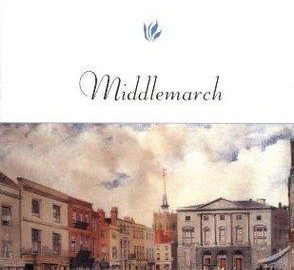The story is told by a man who has been living in “the drooling ward,” a mental institution in California.
London-Jack_Told-in-the-Drooling_WardJack London, Told in the Drooling Ward short story
Jack London, Told in the Drooling Ward short story (with highlights)
Jack London, Told in the Drooling Ward vocabulary
Vocabulary Games:
Questions to explore:
- Tom describes the asylum’s inhabitants and their status according to their illness and severity of their illness. Why, do you think, he elaborates at such great lengths the diagnosis and ranking of the different types of patients? Is he a neutral observer? – How do you feel about the ways Tom describes the other patients?
- What do you think about the Bopp family?
- Tom has a special relationship with Albert. What do you think is the reason behind his attachment to Albert?
- Why does Tom run away with the two epileptics and why does he take along Albert?
- What measures is Tom taking to assert (or protect?) himself in his relationship with others? How successful is he?
- Tom would like to marry but is not allowed, according to his doctor. Who is to decide and why, Tom or the doctor, in this matter?
- How would you describe Tom’s relationship with his care-takers?
- Why does Tom prefer to stay at the institution?
- How did this story make you feel?









